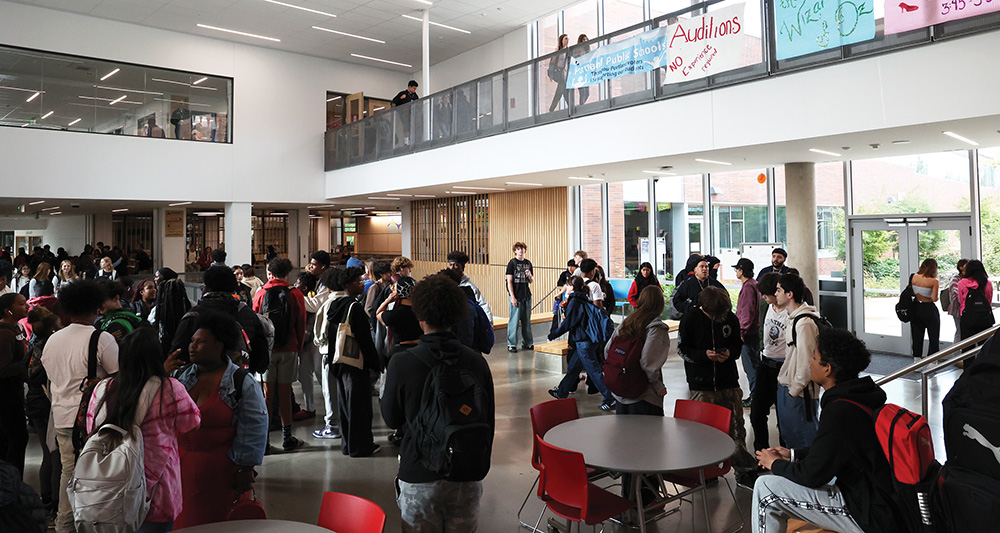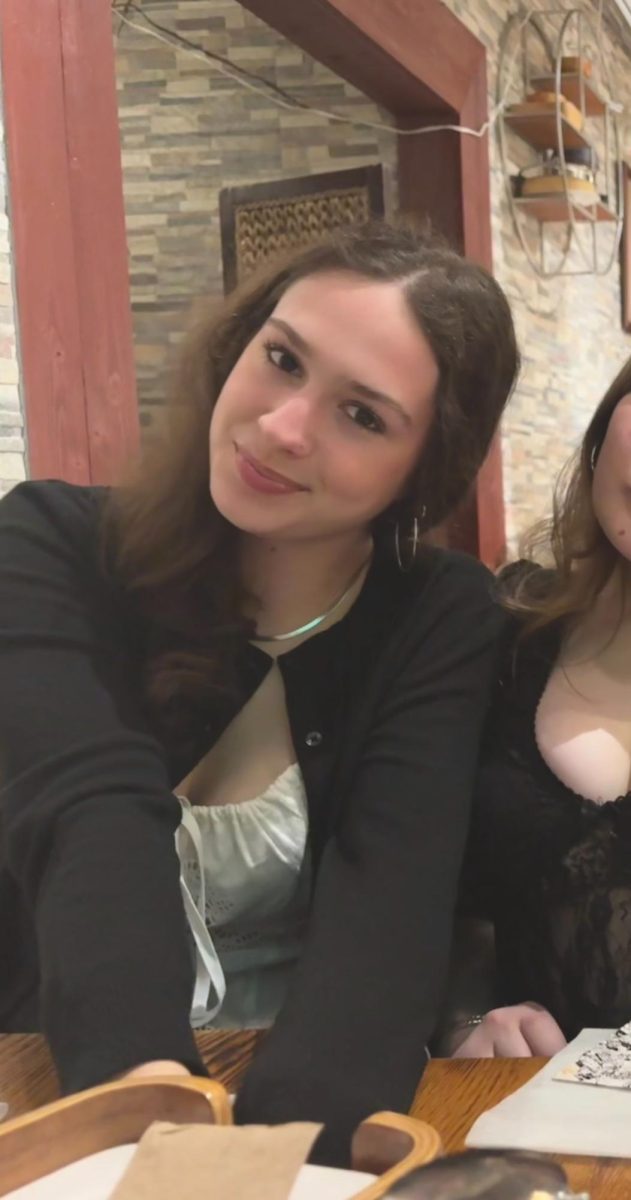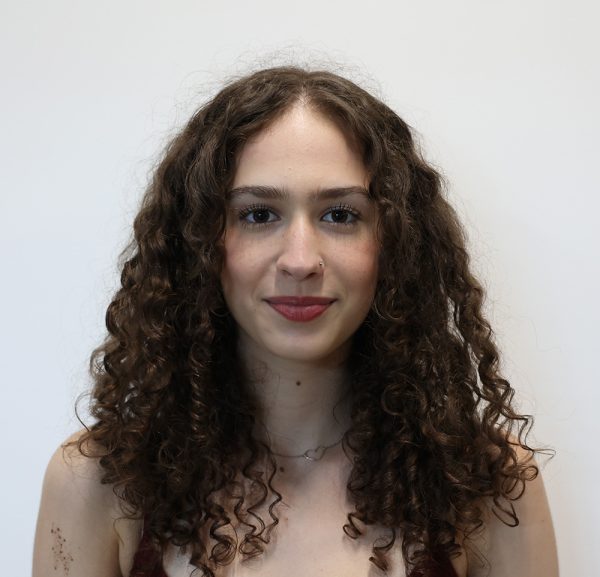The hallways continue to become more crowded since students have come back to in-person learning. In 2021, the school had approximately 1,200 students; today, it has 1,661, over the 1600 anticipated.
A common misconception about the increase is that it’s only incoming freshmen, but according to principal Adam Skyles, every class has picked up transfers. While freshmen are a big addition, families are moving into the neighborhood and students from different schools continue to transfer.
“The senior class was at 390, it’s above 400 now,” Skyles said.
Skyles is not the only one that’s noticing the growth. Math teacher Shelby DeRocher said class sizes are definitely bigger.
”My average class size [now] is like 30-34, last year it was 24,” DeRocher stated. “I mean I think it’s always a negative impact when you have a bigger classroom. When you have less kids, there’s more one-on-one time.”
This has been a recurring concern, as junior Sadie Dearborn not only talks about a lack of one-on-one teacher support time, but expresses frustration with hallway space, getting to class on time and using the facilities.
“[There are] never any bathrooms open,” Dearborn said. “You have to lap around the whole school to find a bathroom.”
Senior Ieva Stave said that while it may not be an overall positive change–being that they also don’t like the crowded hallways–there are still benefits.
“I think it can’t hurt to have more students in sports,” Stave said. “The more students we have the more funding we get, allowing for more participation, creating a better athletics program.”
Not only can the athletics program improve, but the school spirit and student sections can become even larger too.
“The percentage may not increase, but 50 percent of 1600 is better than 50 percent of 1400. More people coming out to events, more people coming to support our school is ultimately better,” Stave said.
Because there’s more students than expected, one of the main focuses is making sure the school is provided with the resources needed.
“We are in the process of receiving additional resources,” Skyles said. “Even if we get additional staffing, there’s still so many different departments, so it’s not one simple easy fix.”
Skyles added that next year it will be corrected, but as far as this year goes, numbers won’t just drop.
“This will take more time, as this has never been seen before,” Skyles said.
Skyles expanded on some of the pros and cons; while the hallways and classrooms proceed to get more crowded, they are able to expand extracurriculars, granting students the ability to participate more around the community.
“There is a huge advantage being between about 1400-1800 [students] from electives,” Skyles said.
The more students, the more electives the school is able to offer.
“I think that’s a huge positive,” Skyles stated.
Not only electives, but programming for athletics, music, art, and clubs really have a strong student offering.
“I do think there becomes a point where if we’re too big, there’s not enough access for everybody. And if we’re too small, there’s not enough offering for everybody,” Skyles explained.
He added that “there’s a happy middle, and we’re kind-of in that.”
While advantages and disadvantages are verbalized, Skyles brings note that we must take such an opportunity to acknowledge the school finally being seen.
“In 2010 when I was hired, they said this was the best kept secret in Portland,” Skyles said, “and I think when I took this job, I said in the interview: ‘we’re not going to be a secret anymore.’ I think we should be known for what we’re doing. I think we should celebrate. I think you see community members, in ours and in other communities, recognizing some of the amazing things we’re doing.”





